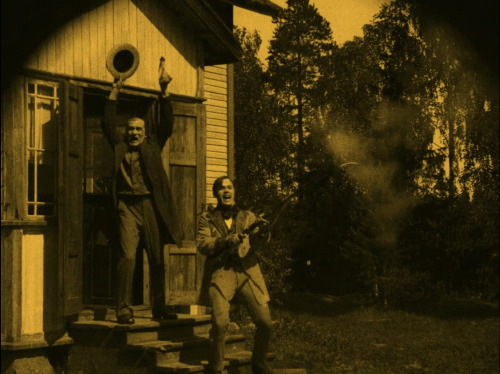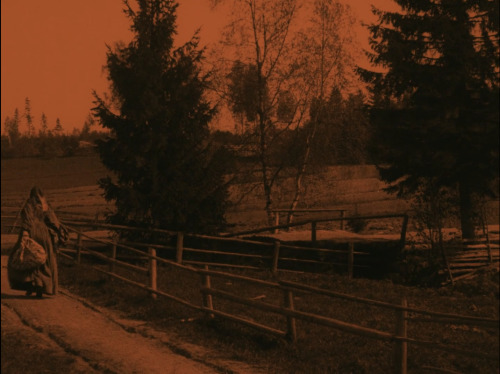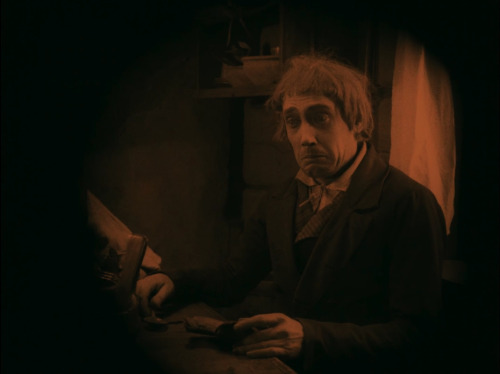#aleksis kivi
Kihlaus / The Betrothal(1922)
Directed and adapted for the screen by Teuvo Puro
Based on a play by Aleksis Kivi
Photographed by Kurt Jäger
Produced by Suomi-Film
Synopsis:
A tailor called Aapeli (Martti Tuukka) receives a letter from a childhood sweetheart, Eeva (Annie Mörk), in which she agrees to marry him. Aapeli dashes off to pick up his bride-to-be, while his colleague, Eenokki (Iisakki Lattu), and his apprentice, Jooseppi (Uuno Kantanen), sympathize over what they fear is a bad match. Things don’t start off well for the couple, as the raucous “gentlemen” whom Eeva lives with decide to send her off with one last prank: placing an ember under the tail of Aapeli’s horse, Rusko. This causes Rusko to bolt with the panicking new couple in tow. When they arrive at Aapeli’s house, with nerves raw, Eeva quickly regrets her betrothal agreement and, equally as quickly, makes Aapeli regret his end of the agreement as well. In the end, Eeva returns home to her gentlemen on foot and fuming, while Aapeli is left with his friends making their best effort to cheer him.
Quick impressions:
- The toning throughout the film is incredibly rich and adds a liveliness to the pastoral settings depicted.
- It’s not exactly a laugh riot, but the mugging is top-notch.
- I find it fun whenever I come across a movie that presumes familiarity with its source material and that source material is wholly unknown to me. If you want to check this movie out though, reading this post is probably familiarity enough!
About the film:
Director Puro was a pioneer of the Finnish cinema. He was co-director of Finland’s first narrative film, The Moonshiners (1907). Puro went on to form the first film production company in Finland to focus solely on features. The company struggled with funding and Puro’s career faltered until the 1920s, when he began working for Suomi-Film.
Kihlaus(1922) was the second film adaptation of the play by renowned 19th-century Finnish writer Aleksis Kivi. The first was produced in 1920.
Kihlausdebuted on 9 January 1922 in Helsinki, Finland at the Kino-Palatsi. The Kino-Palatsi (Cinema Palace) was an art-nouveau theatre built in 1911, adjacent to Suomi-Film’s head office in Helsinki. Unfortunately, the theatre was demolished in 1965. In its place at the intersection of Keskuskatu & Pohjoisesplanadi, a bookstore was built, which still stands there today.
Sadly I wasn’t able to find any photos of the theatre contemporary to Kihlaus’ release, but here are a few taken before its demolition:


“Interior of Kino-Palatsi cinema in Helsinki in 1964” by Helsinki City Museum underCreative Commons Attribution-Share Alike 4.0 International license.
And the spot today:

Post link










